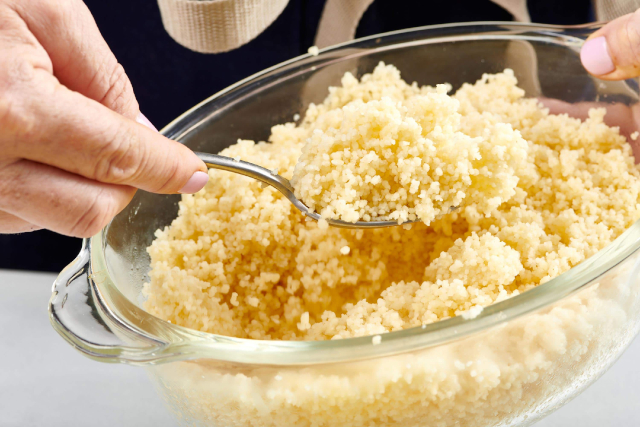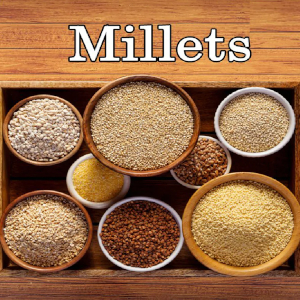When was the last time you heard the word ‘millet’? The Indian government is making a big push to renew popular interest in the once staple grain. It’s highly nutritious, will grow just about anywhere, and could help alleviate the current food crisis…

What are millets?
We use the plural because 9 varieties of the stuff are cultivated in various parts of India and across Asia. Each is identified with it’s own geographical realm and long-identified role in Indian regional cuisines.
Millets are seeds from very tall grass-like plants whose seed heads may remind you of an inside-out cob of sweet corn. They can be used whole, like rice or couscous as a side dish, cooked down to a poridge as a cereal, or ground to flour for baking and in other recipes.
Manu Chandra, chef and founder of Manu Chandra Ventures, has been pushing millets for years, told BBC, “With modernisation and increasing conveniences, we have forgotten what used to be traditional and lost sight of what our grandmothers used to cook. Given that we Indians have the highest rate of diabetes in the world, including millets in our diet just makes sense. But [they have been] sacrificed at the altar of rice and wheat.”
Good for you
Mumbai-based holistic nutrition expert Amita Gadre, a hard-core millet advocate, provides a nutrition rundown: “Millets are not just naturally gluten-free, they also have much higher levels of iron and calcium than processed wheat and rice. They are also very rich in fibre, which makes them a good choice for those trying to control blood sugar or manage insulin resistance.”
Millets are what’s known as nutritious foods, rich in a variety of important nutrients. For example, 100 g of ragi grain, for instance, contains 344 mg of calcium, compared to only 33 mg in rice and 30 mg in wheat.
Good for the environment, too
Millets also come ready-adapted for the global warming crisis: They can grow in conditions where other, traditional grains won’t even sprout.
Amrita Hazra, associate professor of chemistry at the Indian Institute of Science Education and Research in Pune and founder of The Millet Project at the University of California Berkeley, explained that millets don’t need much water or fertiliser, and can be grown in arid conditions. “Lands that can’t sustain anything else can still have millets growing on them,” she said. “They have a short cycle and can be grown between major crop seasons, and they also enrich the soil with their own set of micronutrients.”
Strong cultural connections
Manu Chandra, chef and founder of Manu Chandra Ventures, has been pushing millets for years, told BBC, “With modernisation and increasing conveniences, we have forgotten what used to be traditional and lost sight of what our grandmothers used to cook. Given that we Indians have the highest rate of diabetes in the world, including millets in our diet just makes sense. But [they have been] sacrificed at the altar of rice and wheat.”
The bottom line
The United Nations has declared 2023 the International Year of Millets. It’s hoped that this top-level endorsement will help rekindle interest of the grain, whose roots go back at least 5,000 years in Central Asia and on the Indian sub-continent.
Why not get in on the renaissance of millet by visiting your local Asian Food store? Start by doing further research on how to use the various types? You might even save some significant money on your weekly food bill…
~ Maggie J.

